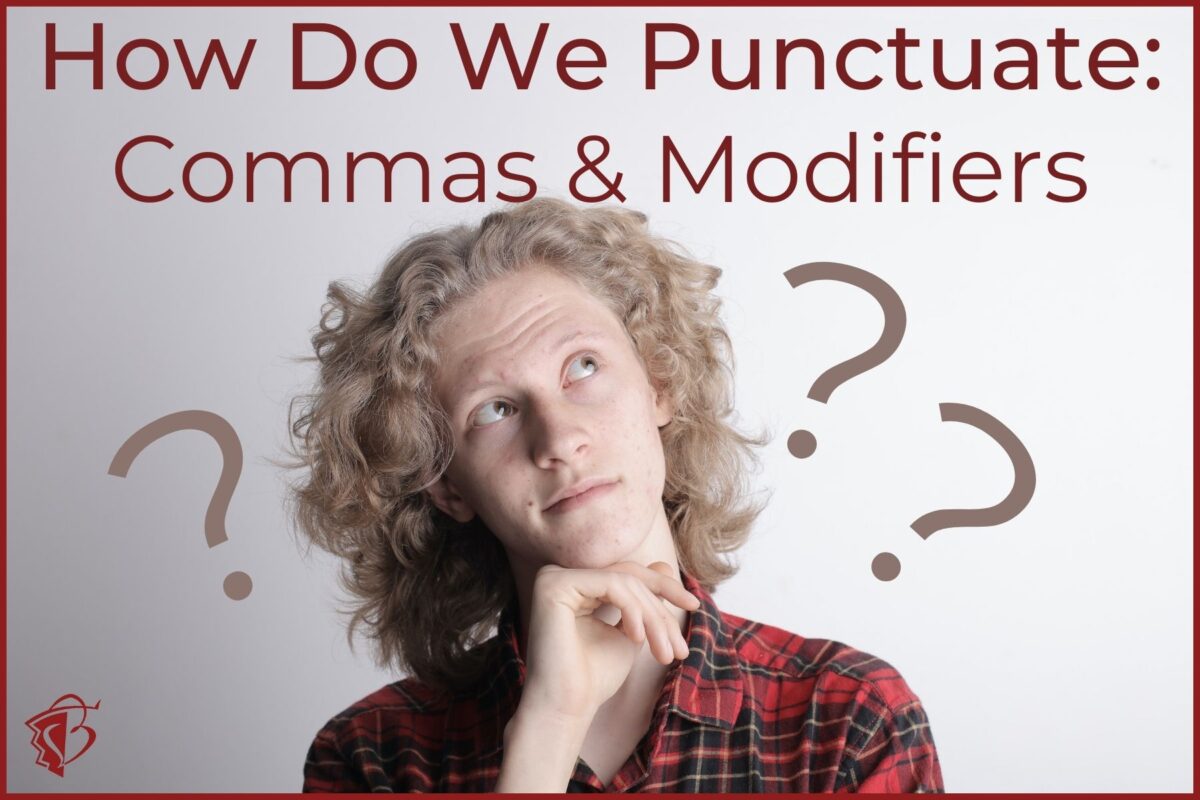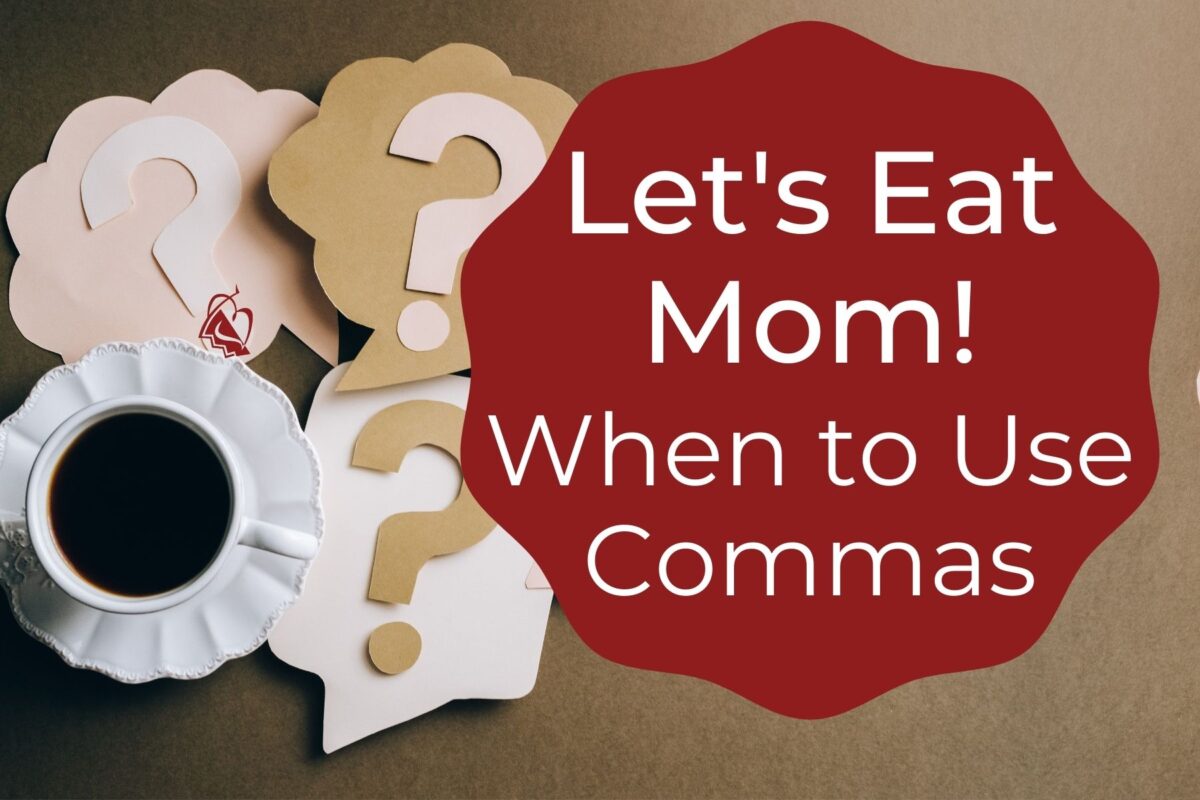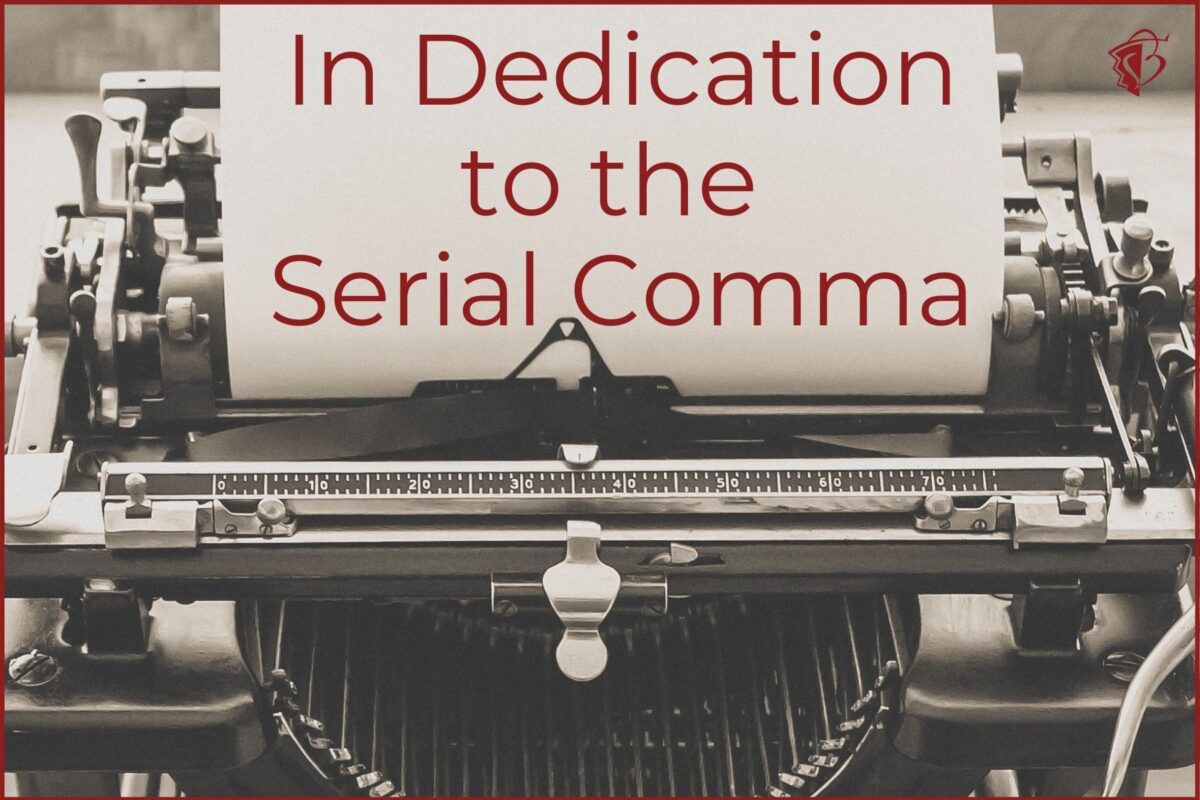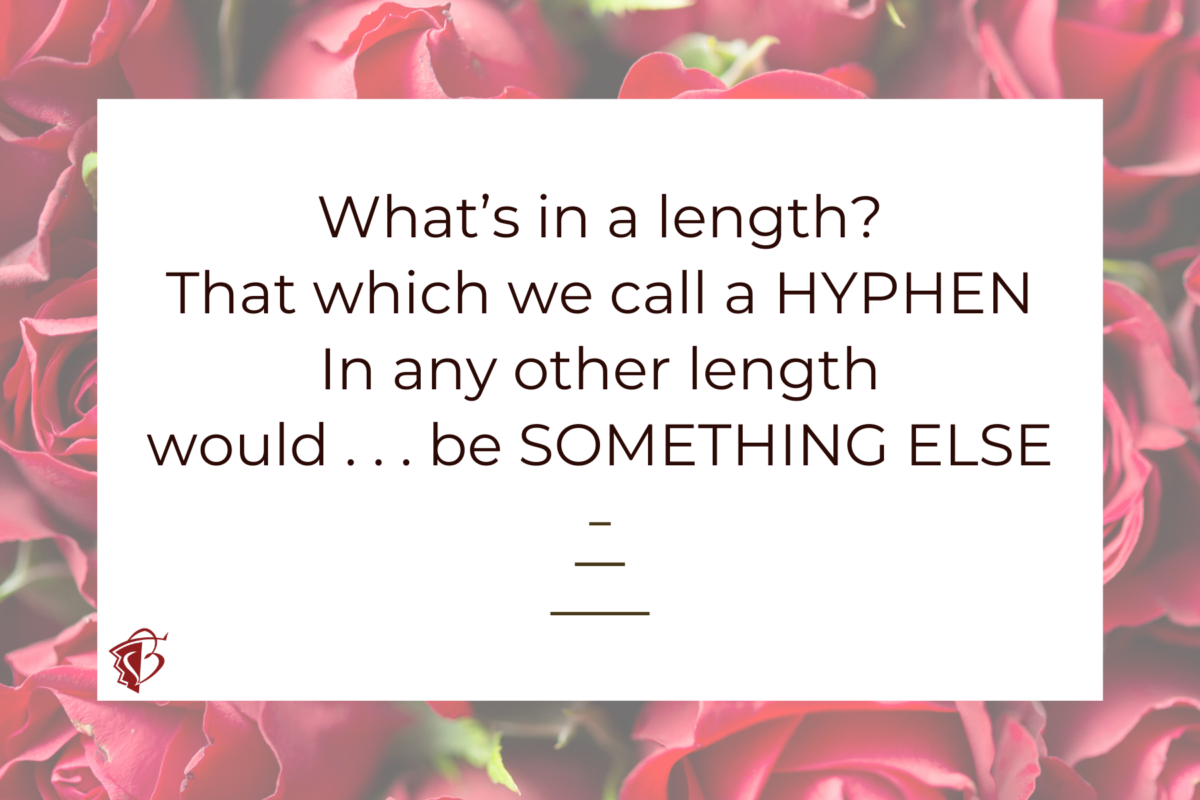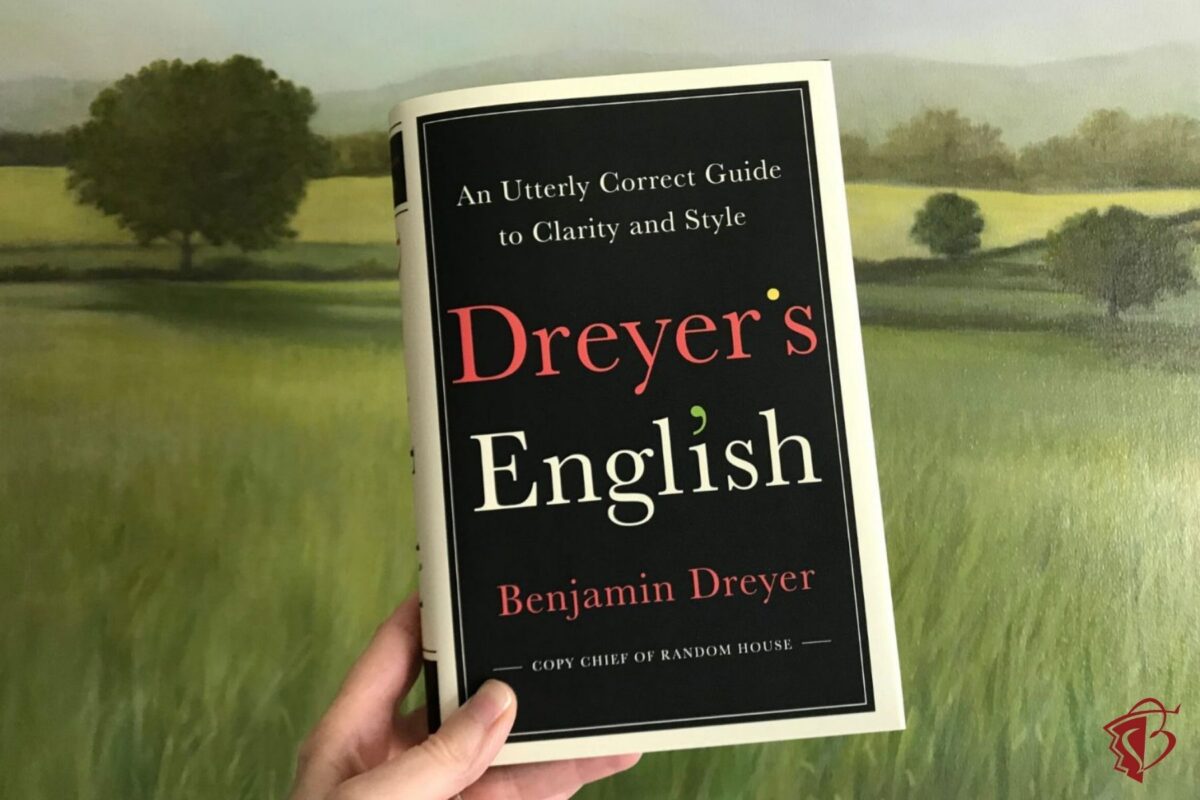Many writers and editors are puzzled about the use of commas between modifiers and need guidance on when and where commas should be placed. The answers to these questions depend on whether the modifiers equally and independently modify the noun that follows the modifiers. To better understand when to use a comma, check out the examples in this post.
Let’s Eat Mom
To comma or not to comma, that is the question. This seemingly insignificant punctuation mark causes more confusion in the lives of writers, editors, and all who work in publications or with web content than all other punctuation marks combined. This blog reviews some basic rules for the use of the comma, so you can brush up on your usage of the pesky comma.
To My Parents, John Lennon and Madonna
The editing question I get more often than any other is about the Oxford—or serial—comma, the comma that precedes the word “and” in a list. Here are my thoughts on that bit of punctuation.
Dashes and Hyphens: The Which, the How, and the Why
Em dashes, en dashes, and hyphens are physically distinct and have very different uses. This brief article provides a glimpse into those uses and distinctions, so you can begin employing the punctuation marks correctly today.
Dreyer’s English: A Book Review
Several years ago, I made a resolution: I would not buy any more books. That might seem an odd resolution for someone who has been editing books for fifty-five years. Practicality and kindness motivated me as I considered the task of our daughter, who after our deaths, would have to deal with all the possessions […]
